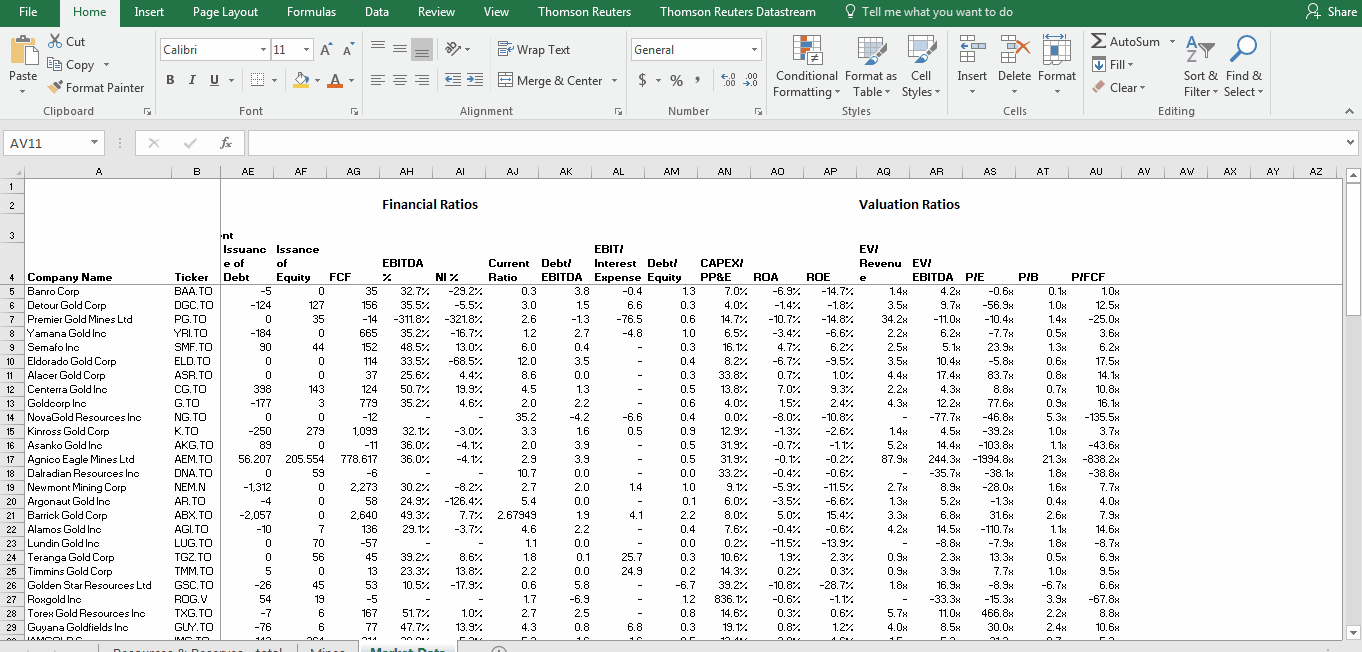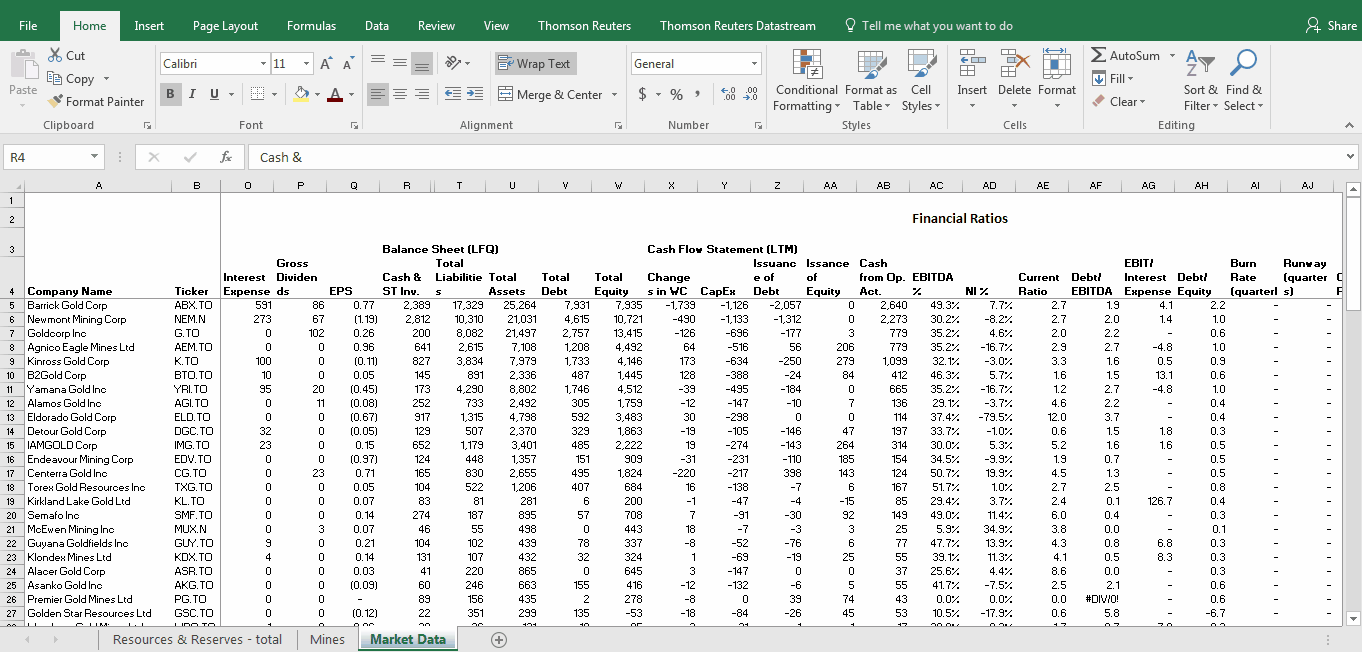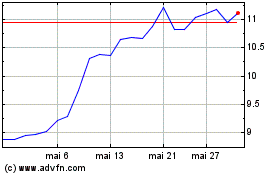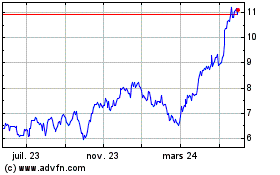SmallCapPower | April 4, 2017: In Part
3 of our Excel How-to series,
we are going to explore how to analyze the financial strength of
gold companies using the Gold Investor Pro report. If
you missed the opportunity to view the prior sections, click
here: Part 1, Part 2.
Read part 3 of the original report here - https://smallcappower.com/top-stories/gold-stock-investing/
Mining is a capital-intensive business, with significant costs
stemming from the acquisition of properties and royalty fees to
stripping and drilling costs. As a result, gold companies take on
debt in order to finance their exploration, development, and
production endeavors. However, not all debt is treated equal, as
companies vary in their debt structure, revenues, and leverage.
Thus, some companies entail more risk than others, such as
exploration phase stocks that have yet to produce their first gold
pour and revenues. Yet, these same high-risk exploration stocks
have the potential to yield the greatest returns!
In Part 3, we will explore financial ratios such as debt to equity,
debt to EBITDA, and cash burn rates. This will allow us to compare
the financial performance of each company against its industry
peers in our Gold Investor Pro Report to find those stocks that may
be undervalued.
Debt to Equity (D/E)
A widely-used financial ratio to measure the riskiness of a
company’s financial structure is the debt-to-equity ratio. The
calculation reveals the relative proportion of debt and
shareholders’ equity a company employs to finance its assets,
usually as a ratio or percentage. Although debt is widely
considered the cheapest form of financing, a high-debt gold company
may be overwhelmed to service its payment obligations in a bullion
price downturn. Additionally, a high-debt profile also limits a
company from being able to borrow more from lenders and creditors,
which reduces their financial flexibility.
A low debt-to-equity ratio indicates lower risk, and signifies
the company’s ability increase leverage if need be. A higher
debt-to-equity ratio, on the other hand, shows that a company has
been aggressive in financings its growth with debt, and there may
be greater potential for financial distress if earnings do not
exceed the cost of borrowed funds.
To calculate the D/E ratio, divide total liabilities of the
company by its total shareholders’ equity. This has already been
done for you in the ‘Market Data’ Excel sheet (AM-4). Below, we
show you how to filter for the gold companies with the lowest
debt-to-equity ratios. As you can see in Figure
1, Endeavour Mining Corp. (TSX: EDV), Gold Standard Ventures
Corp (TSXV: GSV), Dalradian Resources
Inc. (TSX: DNA), and Lundin Gold
Inc. (TSX: LUG), all have a D/E ratio of 0x, implying
they have no debt.
Figure 1: Using Excel to Filter for Low D/E
Ratios

View the Gold Investor Pro: Top 34 Gold Companies
Analyzed
You can read the original article here.
Debt to EBITDA (D/EBITDA)
The Debt-to-EBITDA ratio calculates how many years of earnings a
company would require to service its current debt obligations. It
is a leverage ratio that measures a company’s ability to pay off
its incurred debt, ignoring factors of interest, taxes,
depreciation, and amortization. For more information regarding
EBITDA, check out our explanation in Part 2 of our Gold Investor Pro How-to
series.
This metric is commonly used by credit rating agencies to assess
a company’s probability of defaulting on issued debt. Hence, a high
D/EBITDA ratio suggests a company may not be able to service its
debt in an appropriate manner and warrants a lower credit rating.
For example, if Company A has $100mm in debt and $10mm in EBITDA,
the D/EBITDA ratio is 10x. If Company B has $60mm in debt and $5mm
in EBITDA, the D/EBITDA ratio is 12x. In this case, Company A would
be less risky as it has a lower D/EBITDA multiple, and may also
have a higher credit rating.
To manually calculate the D/EBITDA ratio, divide total debt
(short-term and long-term) of the company by its EBITDA (net income
+ interest + taxes + depreciation + amortization). Fortunately for
you, this has already been calculated in the ‘Market Data’ Excel
sheet (AK-4). Below, we show you how to filter for the gold
companies with the lowest debt-to-EBITDA ratios. It is worth noting
that companies operating at a loss will have a negative D/EBITDA,
implying an even riskier business. As you can see in Figure
2, Alacer Gold Corp. (TSX: ASR), Dalradian Resources Inc. (TSX: DNA), Lundin Gold Inc.
(TSX: LUG), and a few others all
have a D/EBITDA ratio of 0x.
Figure 2: Using
Excel to Filter for Low D/EBITDA Ratios

View the Gold Investor Pro: Top 34 Gold Companies
Analyzed
You can read the original article here.
Cash Burn Rates
Many gold companies, such as those in the exploration or
development phase, have yet to earn income and thus operate at a
loss. This is because these companies are focused on property
development and, ultimately, proving an economic deposit. As a
result, exploration companies invest heavily in drilling and
exploration campaigns to increase the quality and quantity of their
resource base.
Cash burn rates, or burn rate, refers to how fast a company is
losing money, which is a negative number computed monthly or
quarterly. This is extremely important when a company has limited
sources of funding to cover losses. If a company has a constant
burn rate and a finite amount of cash, it will eventually run out
of money. In accounting terms, cash balance is a balance and burn
rate is a flow. Burn decreases a company’s cash balance—the amount
of money a company has at any given point. ‘Runway’ is the time a
company has until it runs out of money, which is calculated by
dividing the cash balance by the company’s burn rate. For example,
if a company has $500k in cash and cash equivalents (CCE) and will
burn $25k/month, it has a runway of 20 months. After these 20
months, if the company is still in an exploration stage then it
will have to raise additional financing (usually equity) in order
to stay afloat and continue exploring.
As you may have guessed, a higher burn rate generally entails
more risk. To calculate a company’s burn rate, divide its annual
cash flows from operations by 12 for a monthly burn rate, or 4 for
quarterly. Then divide the company’s cash and cash equivalents
(CCE) by its burn rate to find the runway. These calculations are
already included in the ‘Market Data’ Excel sheet, in the column
titled ‘Burn Rate (quarterly) and ‘Runway (quarterly).’ Since our
focus was on producers, most of the companies (besides 5) have
positive operating cash flows; therefore, they don’t have a cash
“burn” rate. This burn is usually only applicable to exploration
and early development-stage companies that have yet to generate
cash from operations.
As you can see in Figure 3, Lundin Gold Inc. (TSX: LUG) has the highest burn rate
at US$14.3mm/quarter. With a cash balance of US$9mm, Lundin Gold
has a runway of 0.6 quarters (US$9/US$14.3) before it would have to
find new financing.
Figure 3: Using Excel to
Calculate and Filter for High Quarterly Burn Rates

Make your own analysis for other top gold stocks such as
Kinross Gold Corp. (TSX: K), Barrick Gold Corp.
(TSX:ABX) and Golden Star
Resources Ltd. (TSXV: GSC) using the free report and
supporting spread sheet.
View the Gold Investor Pro: Top 34 Gold Companies
Analyzed
You can read the original article here.
When analyzing gold companies, no single multiple or
valuation technique will isolate the best stock in which to
invest. Instead, a collaborative approach must be
adopted, where we employ qualitative measures, valuation
calculations, and a financial analysis.
Now that we have gone through all three parts of our ‘Excel
How-to’ series, it is now time to apply the learnings to the
spreadsheets. Take some time to sift through the data to find those
companies with the relative risk and return profiles that match
your investor appetite for risk and reward.
Stay tuned for next week, when we will have one of our
leading research analysts provide his own expert valuation as to
which gold stocks are likely to outperform their industry
peers!
Kinross Gold (TSX:K)
Graphique Historique de l'Action
De Jan 2025 à Fév 2025

Kinross Gold (TSX:K)
Graphique Historique de l'Action
De Fév 2024 à Fév 2025


